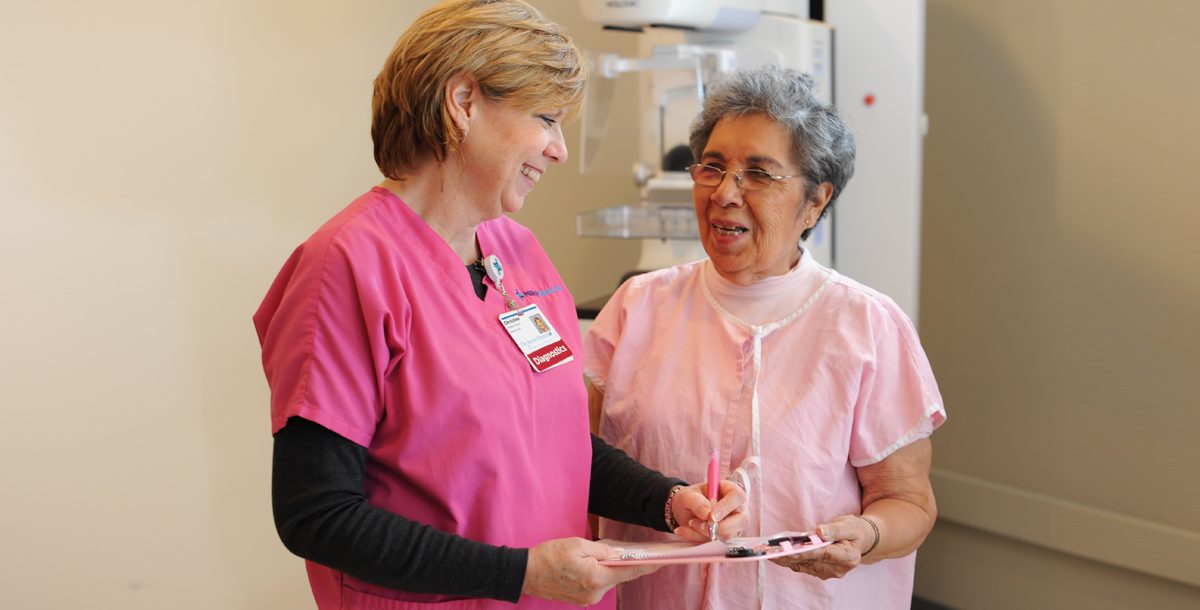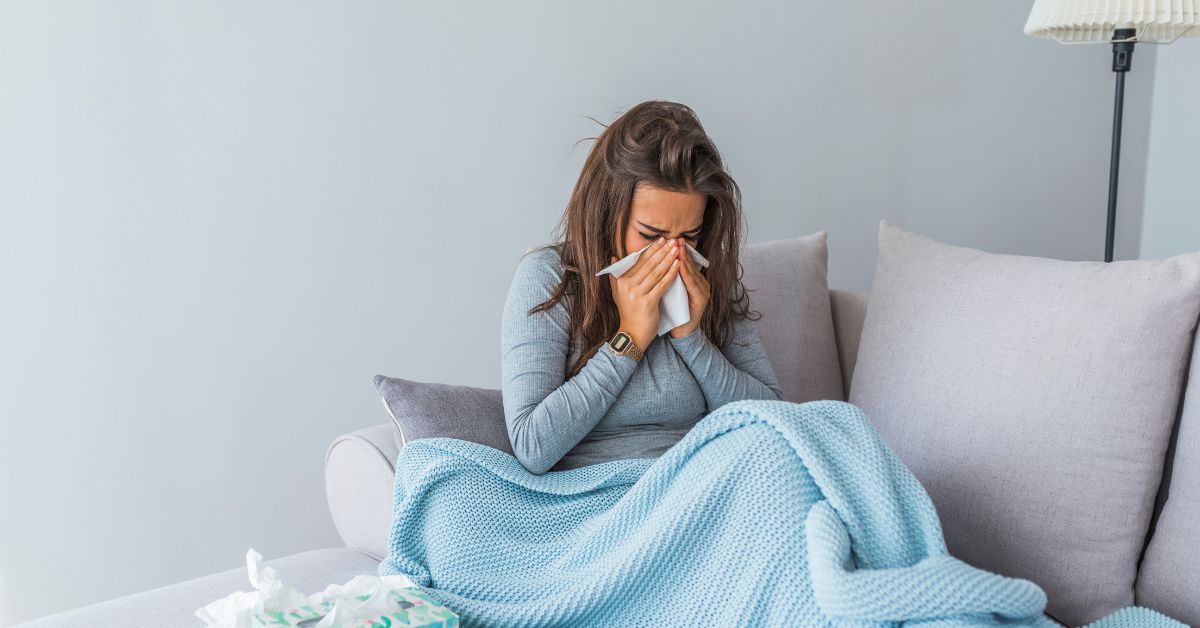According to the Centers for Disease Control and Prevention (CDC), 125 new female breast cancers cases were reported for every 100,000 women in 2017. Additionally, nearly one in eight women will be diagnosed with breast cancer in their lifetime.
Early detection is key in providing effective care and increasing survival for any cancer diagnosis, including breast cancers. Therefore, talking to your doctor about mammography must be at the top of your to-do list, even during the current COVID-19 pandemic.
Determining your risk of breast cancer
Understanding your risk of breast cancer is critical to your overall health. According to the CDC, breast cancer has many risk factors including age, having dense breasts, reproductive history and family history, to name a few.
“It’s important to understand that breast cancer is not simply a genetic disposition. Lifestyle choices play a significant role in your overall health, including the risk of breast cancer,” says Mita Patel, MD, a breast surgeon oncologist with Mercy Health – Lorain.
Those lifestyle choices include:
- Being physically active throughout your day
- Maintaining a healthy weight
- Reducing and quitting smoking
- Limiting alcohol consumption
Positive habits like these not only lower the risk of breast cancer, but many other health risks as well.
What are the symptoms of breast cancer to look out for?
It is important to know that breast cancer does not present the same way for every woman.
“Women should watch for any changes in their breasts that do not go away. These changes can include a new lump in the breast or under the arm, changes to the skin of the breasts, or changes in the way the nipples look”, says Abigail Tremelling, MD, a breast surgical oncologist with Mercy Health – Cincinnati.
Therefore, routine breast self-exams are an important part of general breast awareness.
“Breast awareness is having knowledge of what is ‘normal’ for you – knowing how your breasts look and feel. If you notice a change in your breasts, do not hesitate to let your doctor know,” says Nicole Melchior, DO, also a breast surgical oncologist with Mercy Health – Cincinnati.
Why is mammography important?
“Mammography remains the number one diagnostic tool for detecting breast cancer,” says Dr. Patel.
A mammogram is an X-ray image of the breast. Over the years, mammography has evolved to become more accurate. The technology used today allows providers to detect breast cancer in even the smallest form.
Early detection of breast cancer via screening mammograms can help find this disease in its earliest, most treatable stage. Simply put, early detection via a mammogram could save your life.
Are there different types of mammography?
Many people don’t know there are two types of mammograms:
- Screening Mammogram
- Diagnostic Mammogram
Screening mammograms are performed on women who are at average risk for breast cancer but have no signs or symptoms of the disease.
“For most women, screening mammograms should be performed beginning at the age of 50 to check for any early signs of breast cancer,” Nicole Nelson, MD, from St. Rita’s Women’s Wellness Center states. The process for this type of screening usually takes 10 to 15 minutes to complete.
Diagnostic mammograms are used after a suspicious result from a screening mammogram or when someone has a breast problem. This type of screening focuses on a specific area of concern like breast pain, a lump, nipple discharge, thickening of skin on the breast and changes in the size or shape of the breast. More images are included with screening, and the process usually takes between 10 to 30 minutes.
There are also two types of mammogram imaging – 2D and 3D.
- 2D Mammogram Imaging – These are flat images of the breast, and the breast tissue is overlapping.
- 3D Mammogram Imaging – For this imaging an x-ray machine makes a sweeping arch over the breast. The process lasts only a couple seconds longer than a traditional 2D exam, taking multiple images to create a 3D image.
When should I get a mammogram?
“You really need to have a conversation with your primary care provider to determine when to have a mammogram,” says Dr. Patel. “Risk factors such as family history and other health disparities can dictate at which age and the frequency of your examinations.”
Also, you can use the U.S Preventive Services Task Force’s guidance to help you decide when and how often to get a mammogram.
Where should I get a mammogram?
At Mercy Health, we have many different locations that offer screening mammogram services, with some of our markets even offering mobile mammography. Additionally, during the current COVID-19 pandemic, all of our facilities and providers are committed to keeping our patients safe. There are many extra precautions being taken at this time so our communities can continue to get the health care services they need.
Find an upcoming Mercy Health mammogram screening opportunity near you:







2 Comments
Post a CommentPatsy Clark
Went for second mammogram this morning and told that all was okay. Michelle did a great job with the mammogram and was thankful for the result!Mercy Health
Great to hear, Patsy. Thanks for sharing!